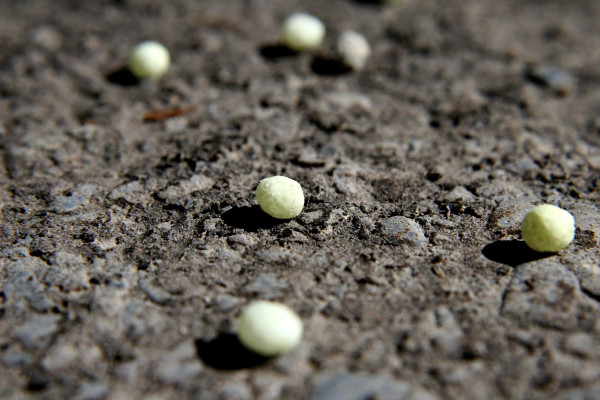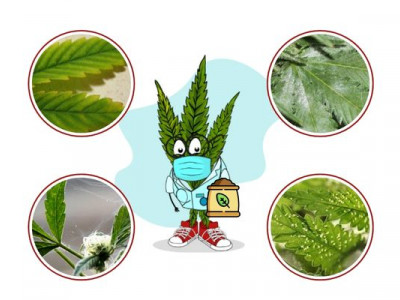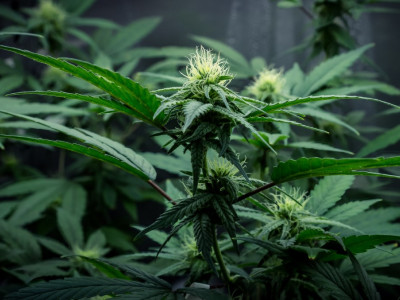0.00 грн.
CheckoutWhat are mineral fertilizers and what are their advantages

Mineral fertilizers, when used correctly, are the most effective means of increasing the yield and quality of crops. The amount of fertilizer applied per hectare (ha) of crops is one of the main indicators in crop production.
All types of mineral fertilizers are produced by the chemical industry. They are obtained by processing agronomic ores or by synthesis. Agriculture uses relatively small amounts of industrial waste, such as natural salts, potassium, and Chile saltpeter.
Classification of saltpeter
Divide Marijuana mineral fertilizers into direct and indirect. The first type, which contains plant nutrients (N, P, K, Mg, B, Cu, Mn), is divided into simple and mixed.
Simple fertilizers usually contain one nutrient, these include:
- Nitrogen (ammonium, sodium, and calcium nitrates, ammonium sulfate, urea);
- Phosphorus-containing (super phosphate, phosphate rock, calcium phosphate);
- Potassium (potassium chloride, 30 and 40 percent potassium salt, potassium sulfate).
Mixed dressings (double and triple) contain two or more batteries (nitrophos, amorphous, nitrophoska). Such mineral fertilizers are also suitable for hydroponics.
Mineral fertilizers are used to improve the agrochemical and physicochemical properties of the soil and activate its nutrients. For example, lime top dressing and gypsum.
An element such as phosphate not only provides plants with phosphorus, but also neutralizes the acidity of the soil.
Mineral fertilizers are:
- Solid (powder or granular);
- Liquid (ammonia).
According to the effect on the soil solution, mineral fertilizers are divided into:
- sour;
- alkaline;
- neutral.
In acid fertilizers, cations are absorbed by the soil, and anions, which are not so easily absorbed, notably acidify the soil solution. In alkaline fertilizers, anions are easily absorbed by plants, but cations gradually accumulate and alkalinize the soil. Meanwhile, as neutral dressings, they do not affect the soil solution at all.
History of fertilizers
Commercial mineral fertilizers have been widely used only since the 19th century. Until that time, manure, ash, feces, silage, and natural top dressing were used. In the first half of the 19th century, peasants began to use bone meal.
In 1840, the German chemist J. von Liebig proposed to treat bones with sulfuric acid to convert the main part, poorly soluble tribasic calcium phosphate, into water-soluble monobasic calcium phosphate, easily absorbed by plants.
This fertilizer, known as superphosphate, was soon obtained by breaking down natural rock phosphate with sulfuric acid. By the end of the 19th century, the production, and use of super phosphate became widespread in a number of countries. In Ukraine, the first super phosphate plant was established in 1868. Closer to the 20th century, the range of phosphorus-containing fertilizers was significantly expanded.
Why you need to feed the soil
Complex mineral fertilizers are necessary for the full life cycle of a plant. Top dressing increases the yield, endurance, and stress resistance of crops. It is necessary to control the amount of minerals introduced into the soil. The right balance of nitrogen, phosphorus, and potassium guarantees a generous harvest. It is important not to overdo it and not to apply too much, otherwise all the plants on the plantation will simply die.
Average rates (kg/ha): N 30–100, P 2 O 5 30–60, K 2 O 45–90;
Higher rates apply for industrial crops (cotton, sugar beets) and vegetables (cucumbers, tomatoes). Organ-mineral fertilizers are applied in autumn, spring, during sowing and during the growing season.
*The article is for informational purposes, we do not call for growing marijuana in countries where it is prohibited at the legislative level.




